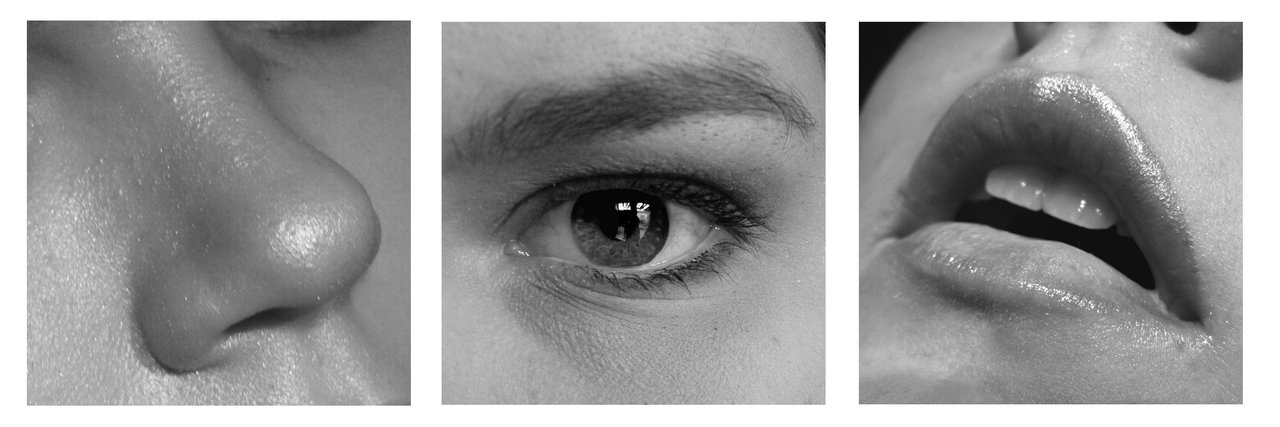
One of the parlor tricks that Sommeliers use to deepen their appreciation of wine is called deductive tasting. When doing this, they taste a wine without seeing the label on the bottle, or “blind”. Based on the various sensory input, they will deduce the grape, country, region, quality and age of the wine. If they are a Master Sommelier, they will likely be able to name the estate as well.
As impressive as this performance is, it is really designed to deeply understand a wine and deconstruct it so they can accurately and properly describe it to guest. While most of us aren’t going to become a Sommelier, we can learn from the deductive tasting method used by these experts to more deeply appreciate out wine.
So how do Sommeliers evaluate a wine? It’s as simple as eyes, nose, mouth.
Eyes
The first thing a Sommelier will do is evaluate the visual characteristics of a wine. The color, the opacity, the rim variation and the tears or legs of the wine as it coats the side of the glass. Each of these are indicators of what is to come. For example, a dark, opaque wine is likely be more powerful than a transparent, light red wine. Edge color can indicate the wine has aged, with red wines becoming lighter as they age and white wines becoming darker. The legs indicate body and viscosity with higher viscosity caused by higher alcohol or higher residual sugar.
Nose
There are thousands of elements that make up the smell of a wine and we can use our nose to detect lots of them and learn about a wine. I have talked previously about how to smell your wine, but what are you smelling for? The first is flaws to determine if the wine is acceptable. But after that, the fruit components and non-fruit elements are when you smell. Is the fruit first, or is it a secondary component? This can tell you if it is an Old World or New World wine. Is the fruit tart, or ripe or even jammy? Herbs or minerals on the nose. All wines have a profile and over time you will be able to pick up more and more of these elements.
Mouth
Finally, the taste. A small taste into your mouth and chew the wine to aerate it and release the elements across your palate and into your nose. Do the fruits shift tarter than they were on the nose or do they get riper. Old world wines tend to get tarter on the tongue from the nose. Are there any other elements in the flavor profile? This is the time to evaluate the acid level of the wine by how quickly it makes you salivate. The body of the wine by how it coats your tongue. And the alcohol level by the burn as you swallow a little. These elements should be in balance and make for a pleasing experience if the winemaker did their job.
Professional Sommeliers use their eyes, nose and mouth to evaluate and analyze the wines they drink. So, the next time you pour a glass of something delicious, slow down and drink the wine with all three senses.
Cheers!

